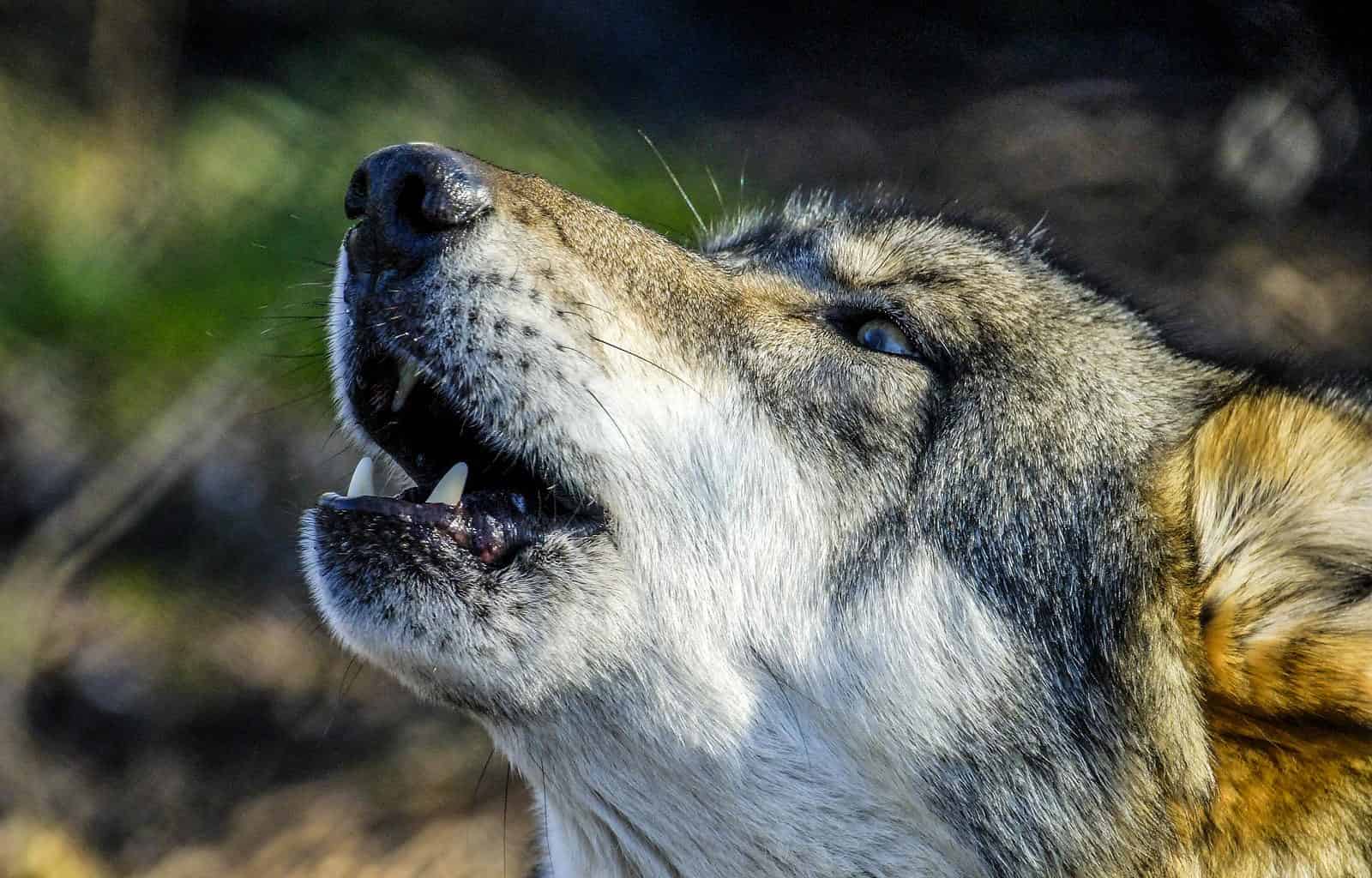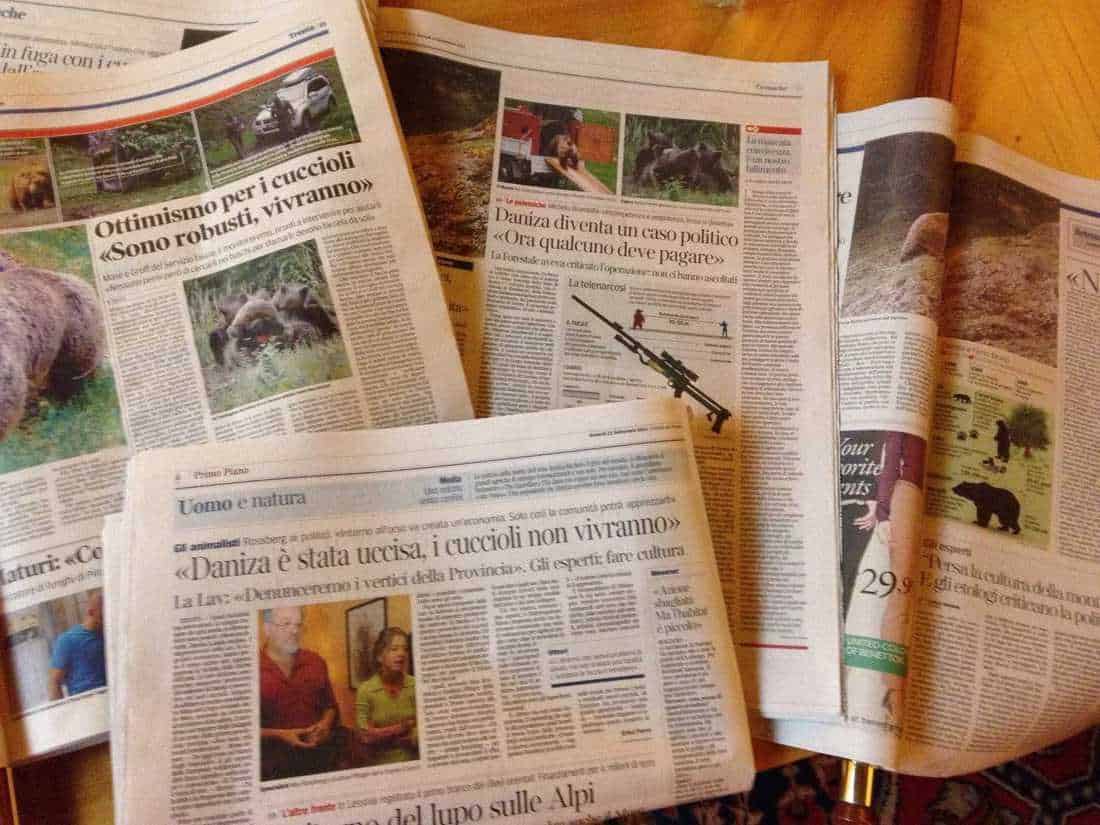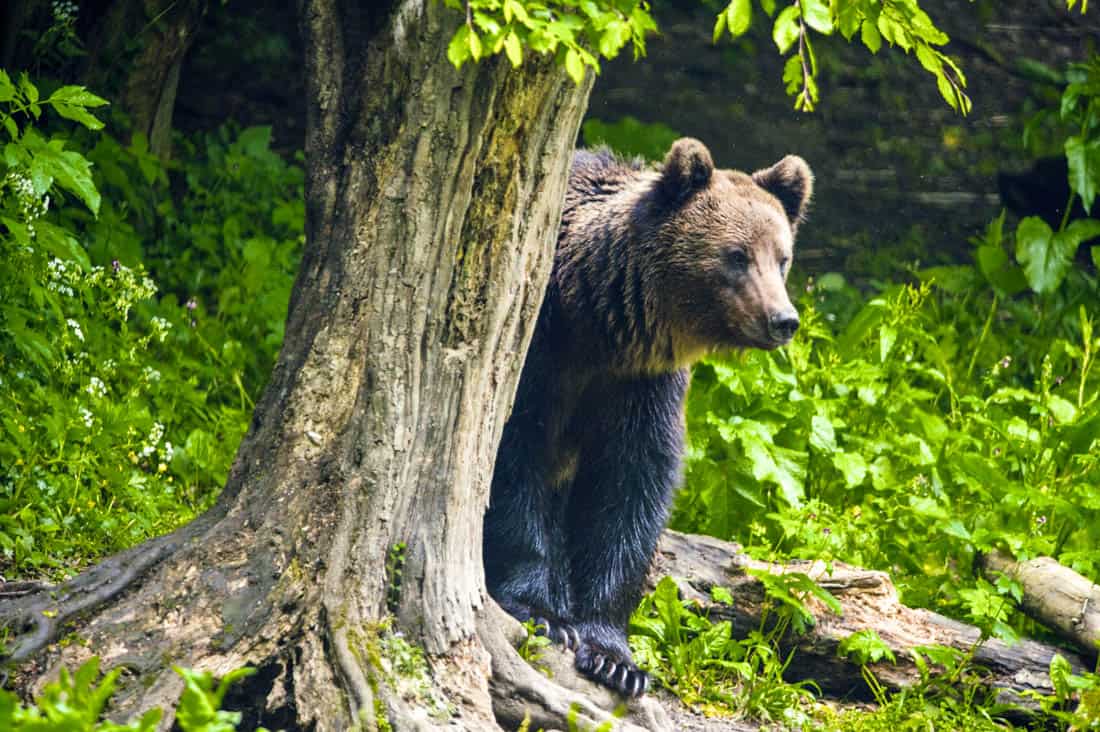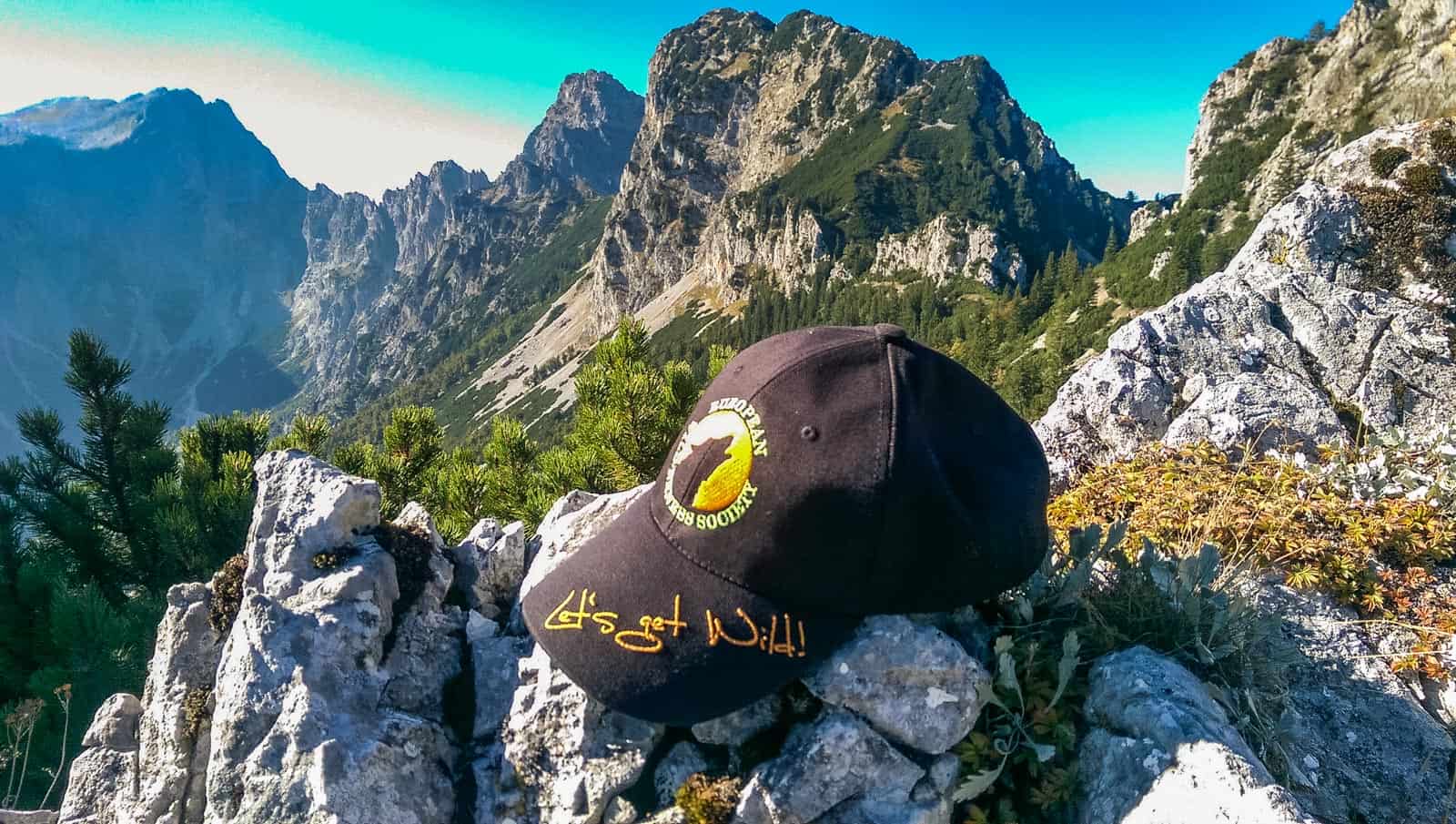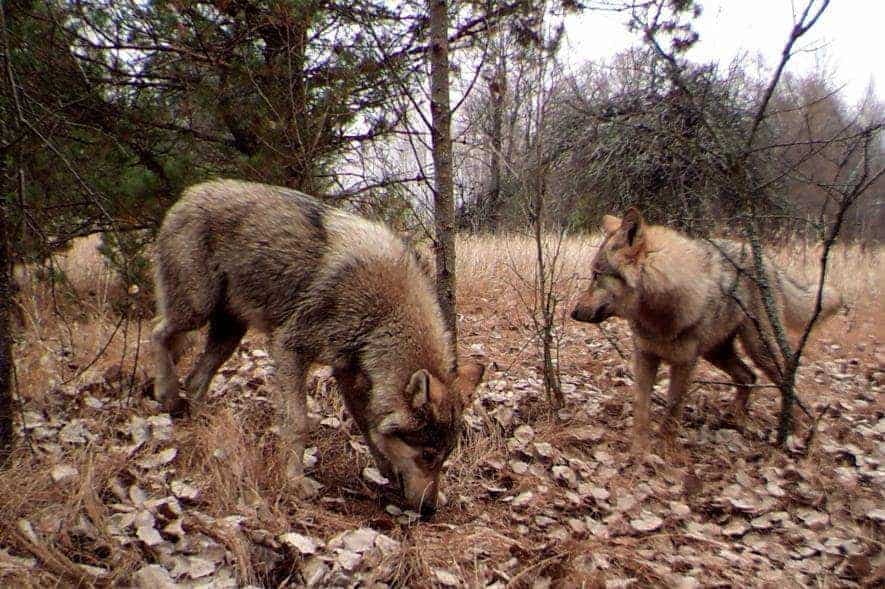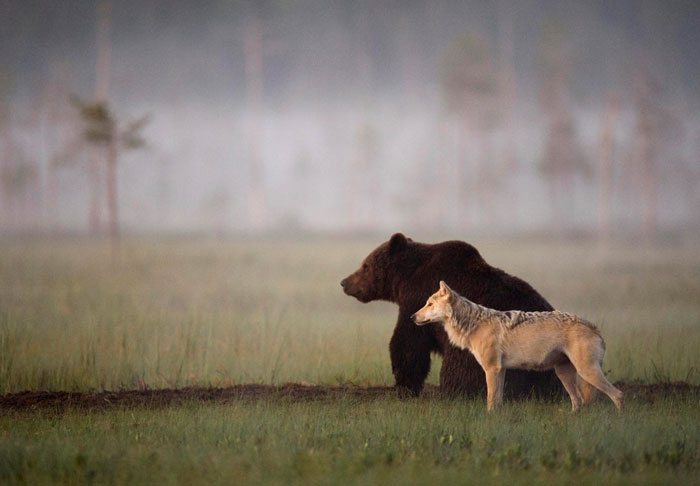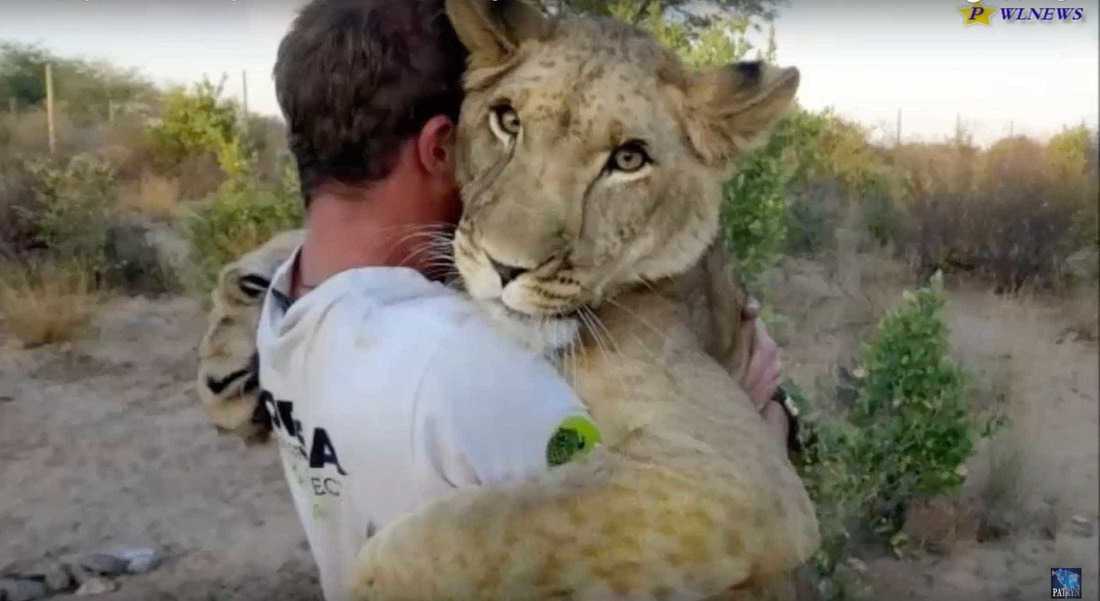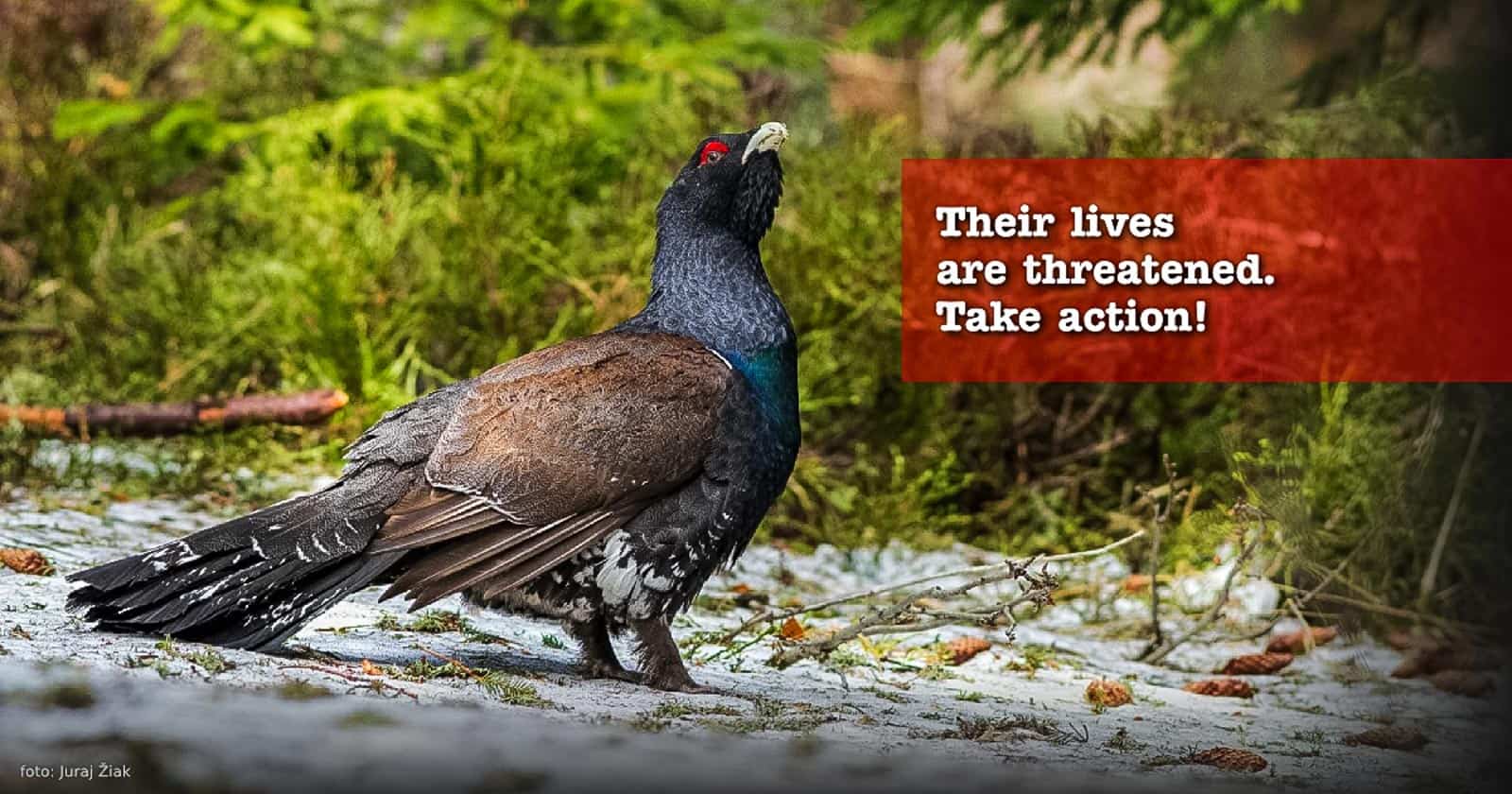Predators help in mitigating wildlife roadkills
Michigan Tech ecologist Rolf Peterson remembers the days when carcasses of deer lined the highways through Michigan’s Upper Peninsula. That ended when grey wolves from Minnesota and Canada moved into the area in the 1990s and 2000s. Peterson says the arrival of the wolves has set back the number of deer-vehicle collisions.
Another team of researchers came to similar findings after analysing data in Wisconsin on the relationship between deer-vehicle collisions and wolf presence. They wanted to see how the emergence of wolves in the region affected the number of roadkills. They found that the appearance of wolves created what scientists called a “landscape of fear”.
Shepherds of wildlife
The results of the study is available in the journal PNAS. According to Dominic Parker, co-author of the study, the number of deer-vehicle collisions has decreased not only because wolves have started to hunt deer, but also because the fear created by the predators has affected the deers´ behaviour.
In a pretty short period of time, once wolves colonise a county, deer vehicle collisions go down about 24%. When you have a major predator around, it impacts how the prey behave. Wolves use linear features of a landscape as travel corridors, like roads, pipelines and stream beds. Deer learn this and can adapt by staying away.
Grey wolves were among the first animals to be protected under the United States Endangered Species Act of 1973. Wolves were reintroduced to Yellowstone National Park in 1995. In other regions of the United States, the distribution of gray wolves follows a natural pattern. A total of 5,500 individuals are present in 48 other states.
Economically profitable predation
The study also found that the presence of wolves, despite the fact that they also hunt for animals kept by ranchers, can provide significant savings. This is due to the fact that predators reduce the likelihood of deer-vehicle collisions. Research significantly underestimates the damage caused by auto collision accidents. This is also difficult to estimate because studies often ignore the cost of the medical treatment of wildlife. Moreover, they do not even consider that these collisions can lead to fatalities.
According to the US Department of Transportation, hit-and-run accidents cause more than eight billion dollars in damage each year.
Most economic studies of wolves have been negative, focusing on livestock losses. But wolves also reshape ecosystems in many ways, although that’s hard to measure economically.
Adrian Treves, a conservation biologist at the University of Wisconsin, says the study on wolves could raise awareness about the value of wildlife. Science needs to take into account all the factors influencing the costs and benefits of the presence of large predators in natural and semi-natural landscapes.

